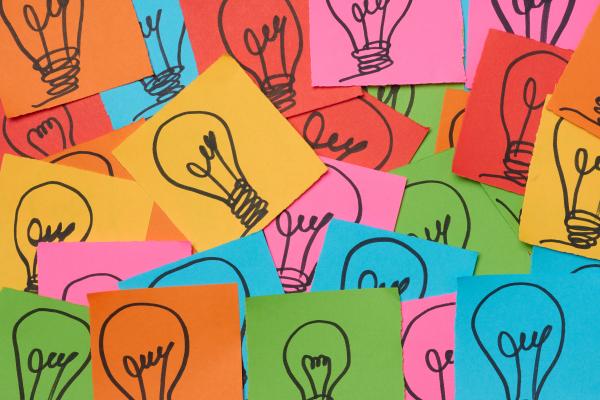On 8 February, Resilience First and McKinsey & Company launched an introductory guide that aims to help organisations become more agile and resilient. The guide is based on research and a survey from 2020 that shed light on what agility and resilience meant, why organisations were interested in the concepts, and how it was possible to get started. Agility was considered fundamental to leading a team through times of change: it was the ability to absorb and adapt in a changing environment.
The challenges facing today’s organisations identified in the guide are four-fold: an ever-changing environment, constant introduction of disruptive technologies, accelerating digitisation and democratisation of data, and the new war for talent.
Agility could help meet these challenges through: increasing resilience and adaptive capacity, minimising risk through resting and learning, empowering people and shifting from ‘talking’ to ‘doing’, and streamlining handovers and removing bureaucracy.
The five trademarks of agile organisations are identified as:
1. A 'north star' embodied across the organisation;
2. A network of cross-functional, empowered teams;
3. Rapid decision and learning cycles;
4. Dynamic people model that ignited passion; and
5. Next generation enabling technology.
The guide shows that agile organisations are able to combine dynamism and stability for greater dynamic capacity. Agility also unlocked four distinct business outcomes: employee engagement; customer engagement; operational performance; and financial performance. These can occur at the same time to differing degrees.
Both small and large organisations faced agility issues. While small organisations can have more ‘natural’ agility because of their short communication chains and clearer leadership, larger organisations have depth and greater resources. Whatever the size, agility requires and repays effort.



